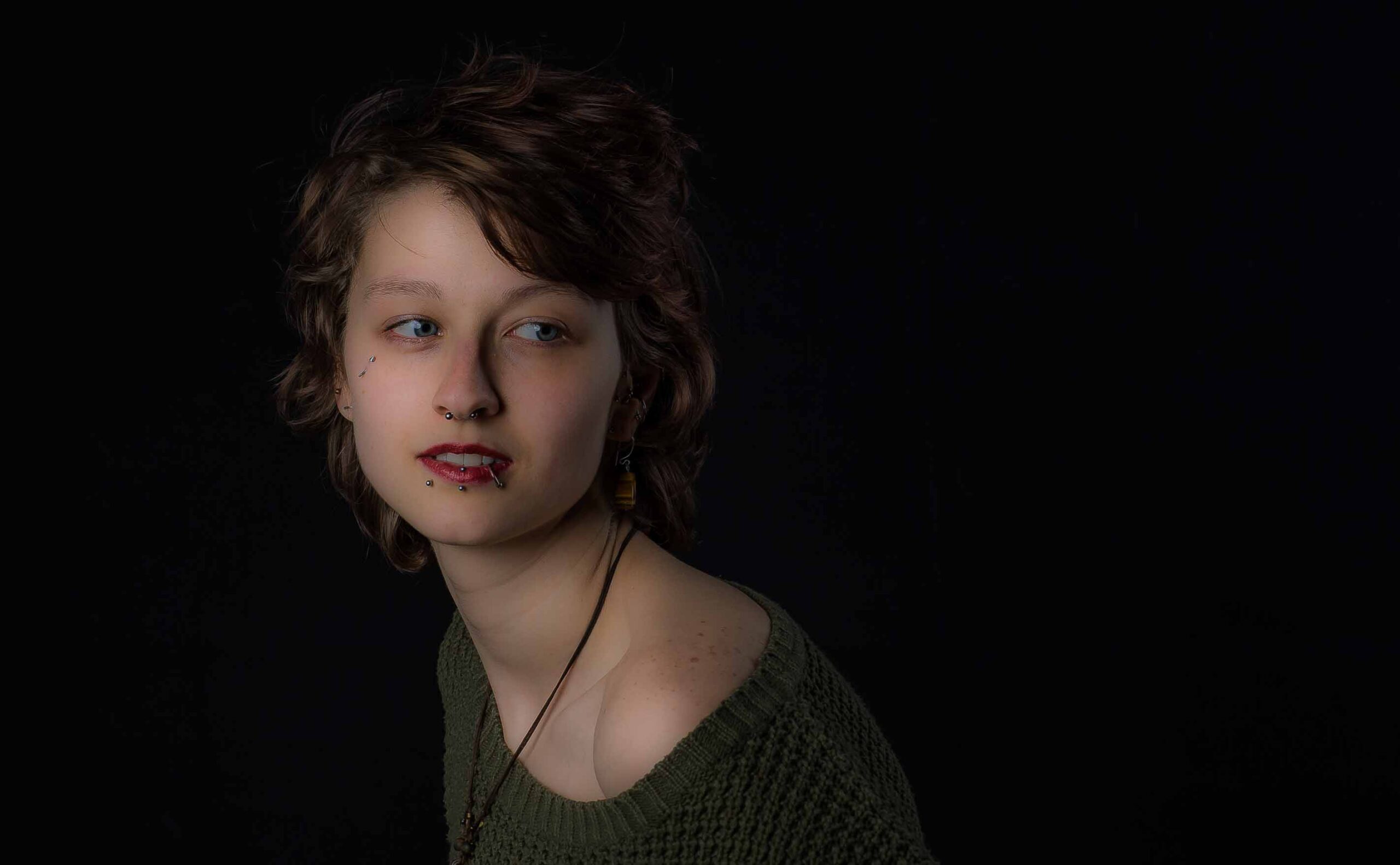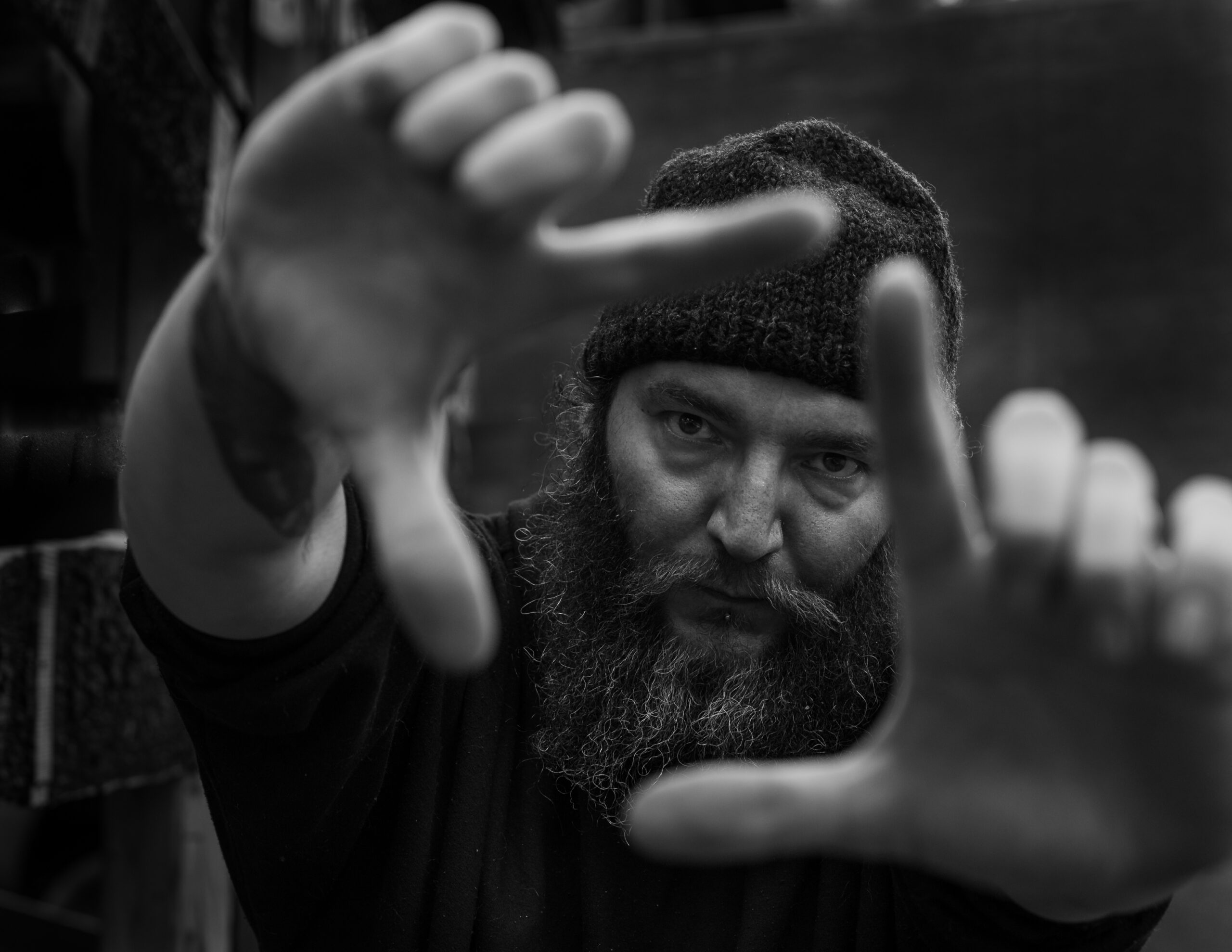What the hell is a ‘squinch’? I posted a video of Peter Hurley talking about the ‘squinch’ some time back. […]
Tag: headshots
James B – Black and White Photoshoot
This is my friend James. You can find him on Instagram: @poejob and on Youtube at James Owen Brown. He […]
Portrait or Landscape for Headshots?
Studio Headshots and Senior Portraits – Portrait or Landscape? The standard for years for individual portrait photos is vertical. Particularly […]

